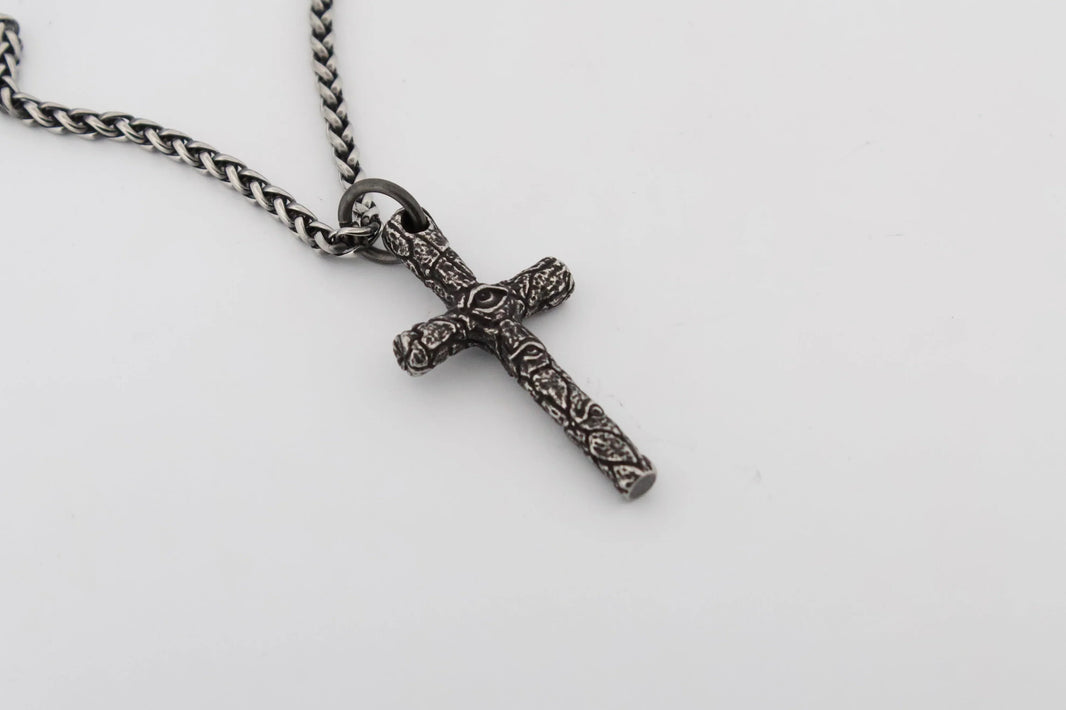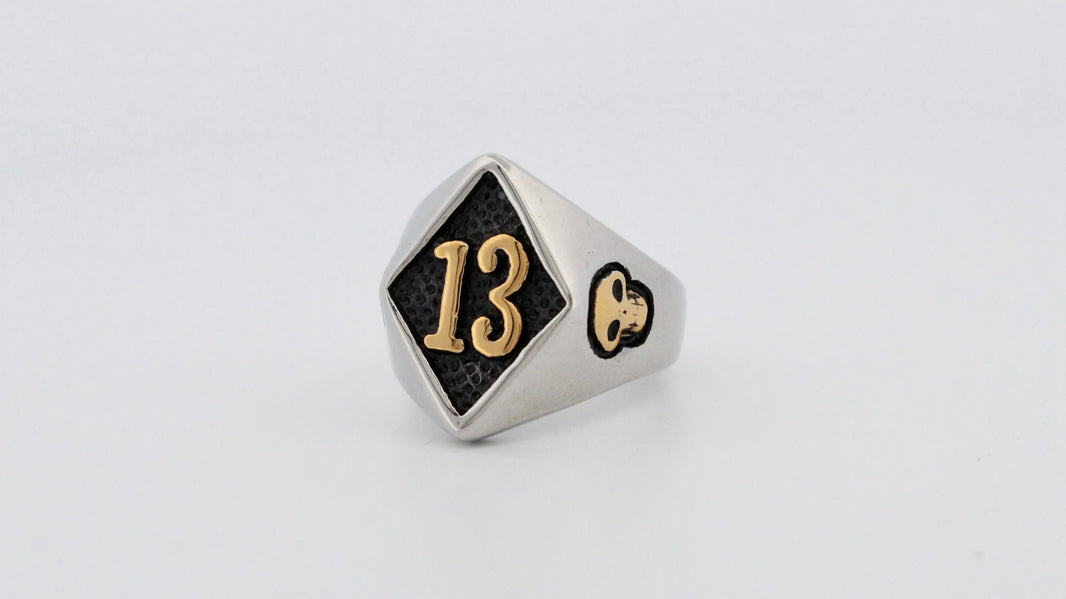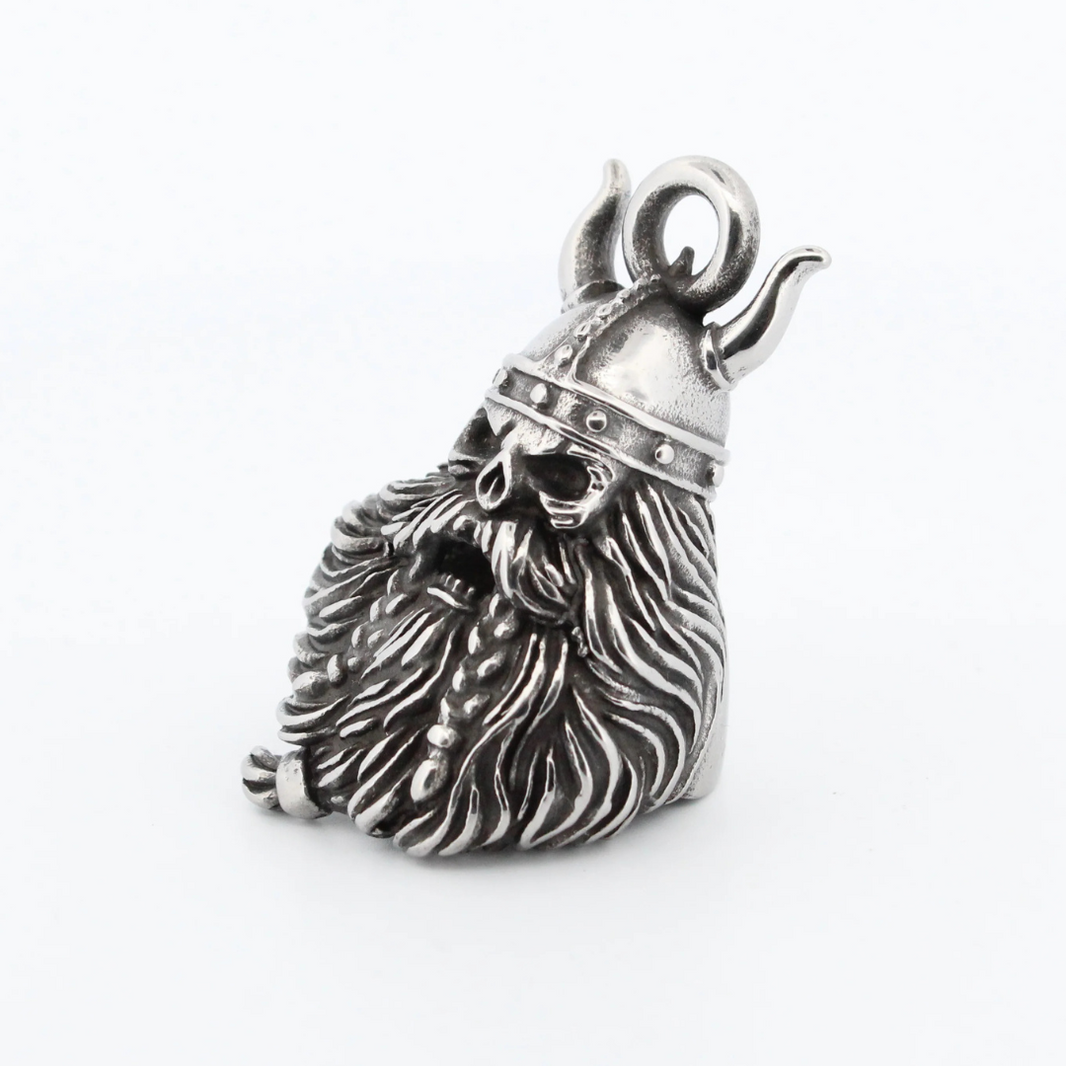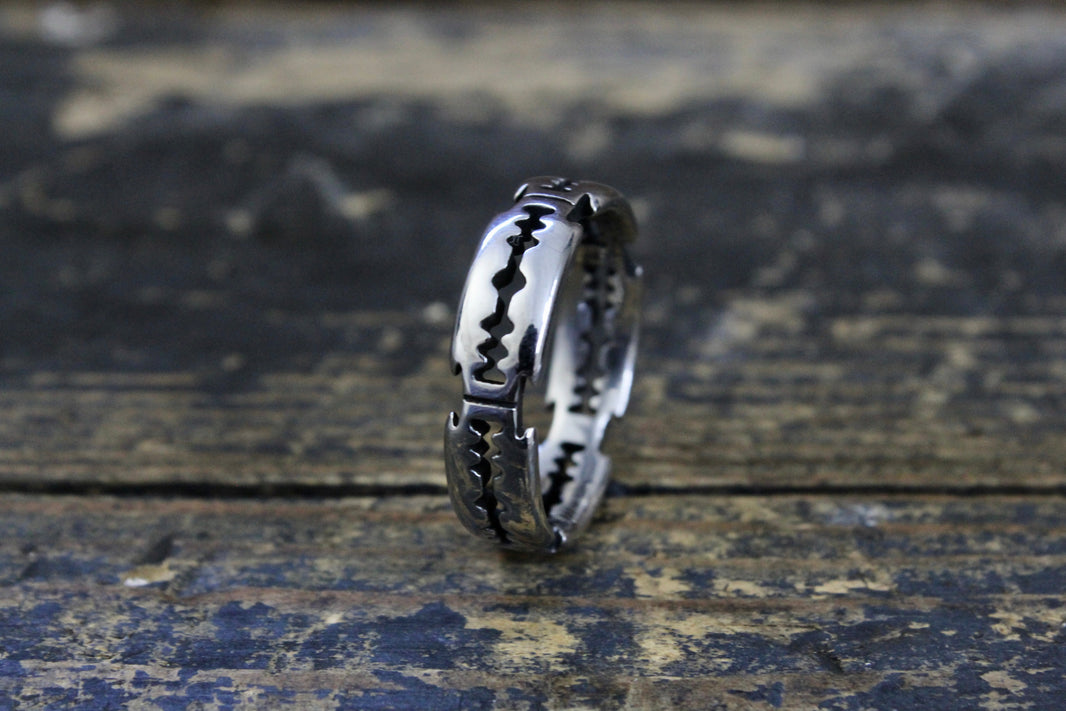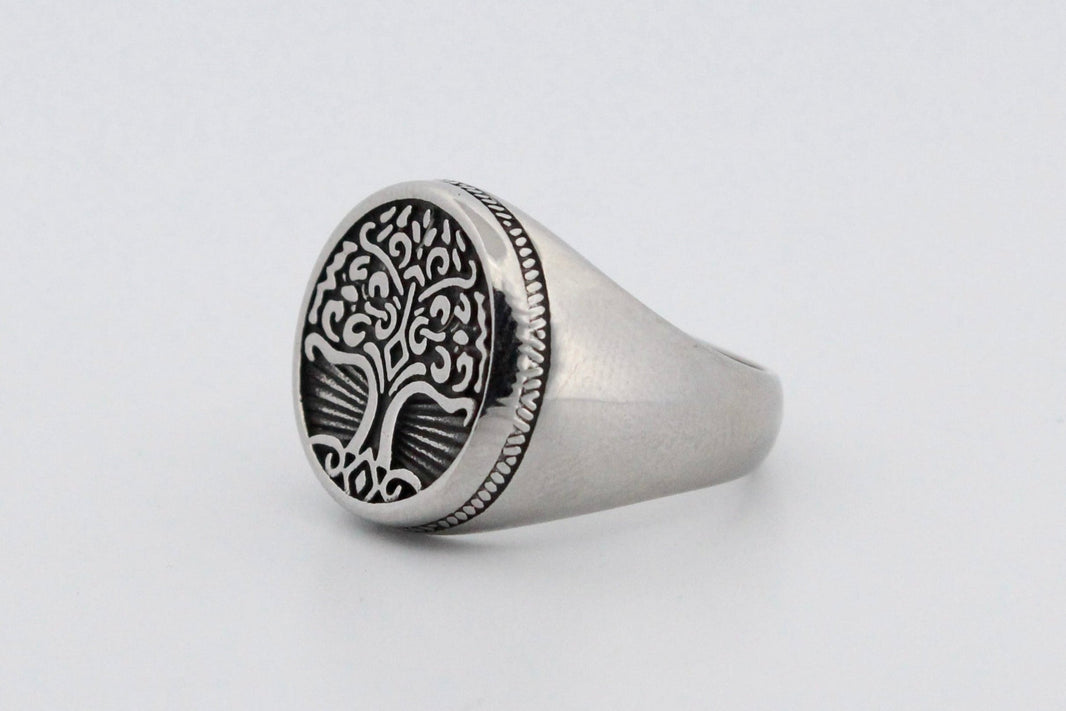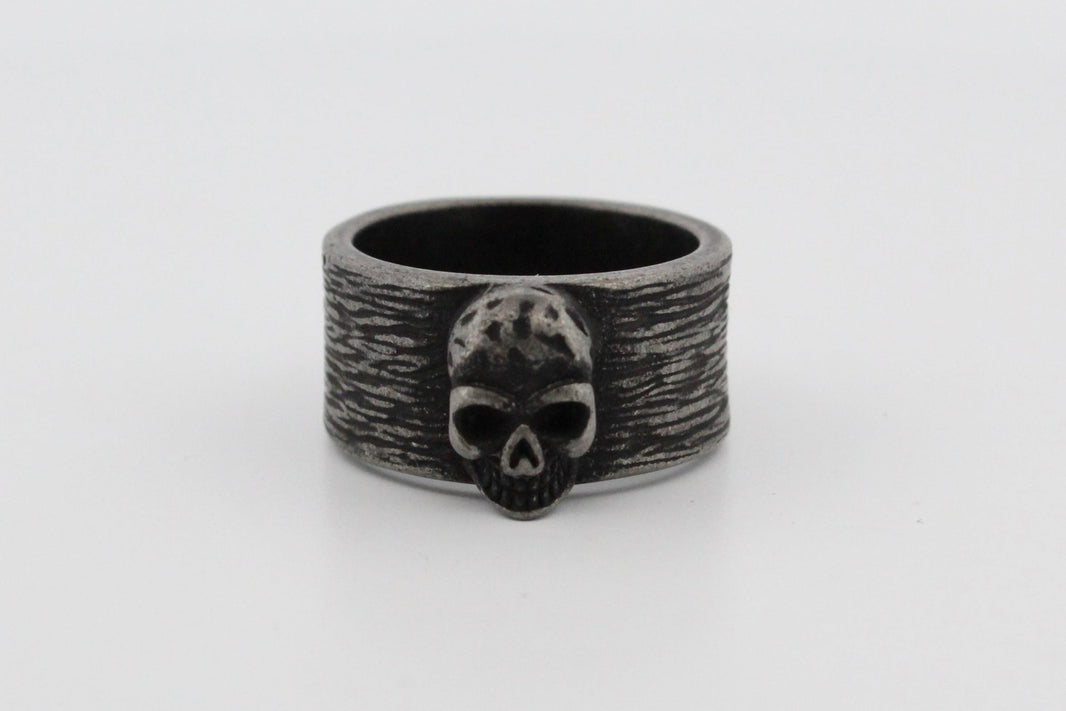One of the most ubiquitous symbols in all of heavy metal is a single hand gesture, to the point that you can find beautifully sculpted stainless steel pendants and earrings featuring the index and little finger pointing to the sky.
Almost anyone who has been to a heavy metal concert has either raised the horns or seen someone else raise them, and its popularity has been largely credited to the late Ronnie James Dio.
He claimed it was a gesture his grandmother taught him for warding off the evil eye, and indeed the “malocchio” had been used for centuries for that purpose, but it had also been used in Buddhism as the demon-purging “Karana Mudra”.
Before Dio joined Black Sabbath in 1979, the symbol had been used in a lot of other places, most notably as the P-Funk sign for George Clinton’s psychedelic funk collective Parliament-Funkadelic, a symbol for snake eyes in Guys and Dolls and by dozens of sports teams.
However, whilst Dio likely popularised it as the “metal horns”, he was far from the first to use it even within the confines of heavy metal itself. Geezer Butler, Black Sabbath’s longtime bassist, had used it in 1969 in early publicity shots and allegedly suggested the symbol to Dio when he joined Black Sabbath.
The very first person to use the horns in a metal context, however, was the proto-metal band Coven, in the gleefully provocative album art for Witchcraft Destroys Minds & Reaps Souls, an album that had a significant albeit understated influence on Black Sabbath and by extension heavy metal as a whole.
Lead singer Jinx Dawson used the sign of the horns as early as 1967 and did live amongst occultists as a practising witch, something that would lead to Coven’s influence being scrubbed from heavy metal history due to an Esquire article that spuriously linked their album to the Manson Murders.
Following Dio’s use of the horns, it has become a salute and tribute to the rebellious, energetic spirit of heavy metal and the celebration of individuality that it espouses.

